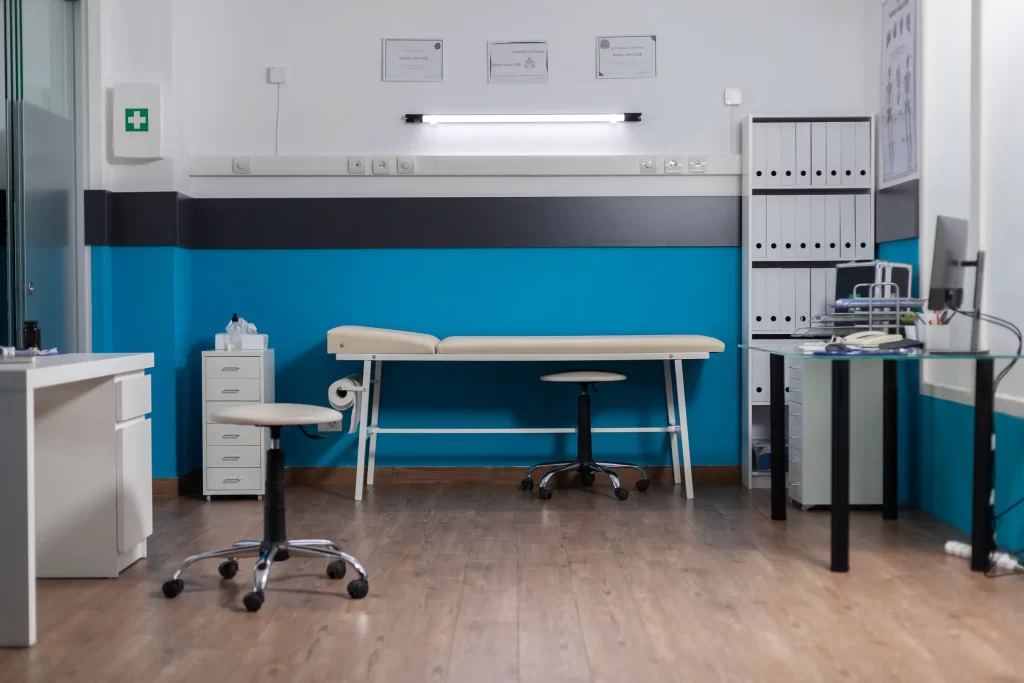12 years ago when I first applied to the Cath Lab I was really excited. It was something that I always wanted to do. For the first five years of my career, I was an RN in the ICU and was looking for something new and intriguing. The small community hospital where I worked didn’t have a Cath Lab, which required that patients be transferred to the larger academic hospital when necessary.
One morning, while I was giving a transfer report to the receiving RN, I asked, “Exactly what is it that the Cath Lab does?” After listening to her explanation, I knew from that moment I wanted to be a Cath Lab RN.
I had just come home from a meeting shift working in the SICU when I saw a job posting for a Cardiac Cath Lab. I applied! I interviewed and was offered the position, which I eagerly accepted. Looking back, I would’ve done some things differently.
I was so excited to work in the Cath Lab, that I didn’t even consider what the hours were, what the caseload would be, or who is required to stay late if there are cases of how late I will stay some nights.
Recommendations Before considering a Switch to the Procedural Area
Here are some recommendations when considering a move to the procedural area.
1. Does this procedure area have call requirements? Procedural areas such as Interventional Radiology (IR) and Cardiac Cath Lab (CCL) have call requirements. It is important to know how many calls you will be required to do within one schedule.
The call is a requirement of some departments. Depending on the size of the department and the amount of staff, you may have a larger call requirement. It is imperative to discuss call during an interview. A procedural area that does not have call is Electrophysiology (EP) and Endoscopy.
2. If there is a call, what is the response time? Both Cath Lab and IR have a response time of a half hour as you are required to do emergent procedures quickly for patients having either an MI or a stroke. There are national guidelines that state how quickly blood flow should be returned to either the heart or the brain.
If an individual does not live within the specified amount of time in these areas, there are some options that are available. Some individuals stay with relatives or friends who live closer to the hospital. Some institutions do provide call rooms, however, one must make the ultimate decision if sleeping at an institution or with family or friends to meet call time is worthwhile.
3. The flexibility of your current shift compared to the new shift. RNS who transfer to the procedural areas typically come from an ER or an ICU background. Both specialties typically work 12-hour shifts. These shifts allow for an individual to have flexibility with their schedule. You can work 3 12s in a row, have 4 to 6 days off, and then work 3 12s at the end of the following week.
Unfortunately, when you transfer to a procedural area, most institutions only offer 10-hour shifts. This means that the off hours are when the staff takes calls. There isn’t the ability to work on the weekends because most procedural areas are closed. From my experience, the schedule change can sometimes be a difficult adjustment.
When an RN accepts a position, they are most likely going from a three-day work to four day work week. Keep this in mind when making a decision. There are some institutions that offer 12-hour shifts, but not many. If not having the ability to have a more flexible schedule is important, then a procedural area may not be the best fit for you at that moment.

4. Give yourself grace! There is a huge learning curve once you accept a position in a procedural area. Although you may have to be a seasoned nurse, there are many things to learn in a procedural area. There is a difference between taking care of two patients for a whole shift to a revolving door of outpatients/inpatients/emergent patients. It will also take time to establish relationships with the physicians if you are hired from another institution. It can take time for them to trust you and value your opinions and skill set.
5. Lastly, having a strong support system is key! RNs who work in procedural areas, particularly, areas with call, are not always home. Responding to calls means that sometimes you’re away from in the middle of the night, and/or for long periods.
It also means sometimes you miss out on important events like holiday dinners and family get-togethers. Again, this is meant as information provided to make an informed decision, not to discourage anyone from going into procedural areas.
Conclusion
Learning a new skill set is always exciting! It can also be intimidating. You may feel like a new RN as you conquer unfamiliar territory, as you navigate your new specialty. The information provided above is not to deter anyone from applying or accepting a position but to allow someone to make an informed decision.
Entering into a procedural area and learning a specialty can be absolutely rewarding. It was one of the best decisions I ever made regarding my career. The knowledge I’ve gained and the connections made have truly been invaluable.
Working in an amazing specialty where education and creativity are fostered can have a profound impact both personally and professionally! So if you believe that moving to a procedural is right for you, take the leap into infinity and beyond!
Read more: Best 6 Registered Nurse Mortgage Programs.

Leave a Reply